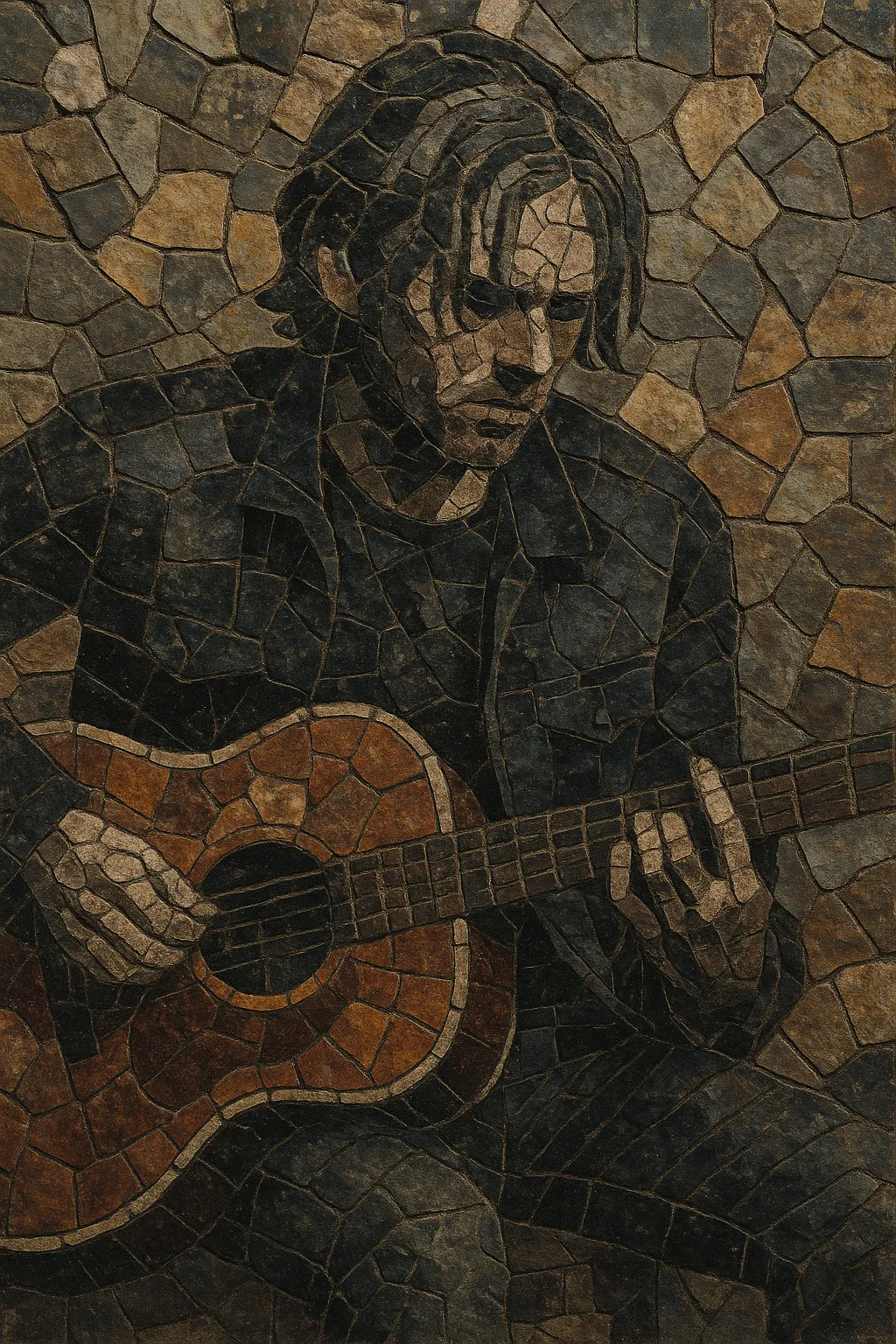
Post-grunge is a radio-friendly evolution of grunge that retains distorted guitars and introspective themes while streamlining song structures, smoothing rough edges, and emphasizing big, anthemic choruses. It shifts the raw abrasion and anti-commercial stance of early-1990s grunge toward a more polished, hook-driven sound suited to mainstream rock and adult-alternative formats.
The style typically features mid-tempo grooves, muscular yet clean production, vowel-forward baritone or tenor vocals, and lyrics that universalize angst, resilience, and everyday struggle. Where grunge leaned noisy and cathartic, post-grunge prioritizes clarity, melody, and arena-scale dynamics.
Post-grunge emerged in the aftermath of grunge’s early-1990s breakthrough. As grunge’s rawness and nihilism dominated rock, major labels, radio programmers, and producers sought bands that kept the heavy guitars and earnest emotion but presented them with clearer vocals, tighter arrangements, and more accessible hooks. Groups like Bush and Collective Soul helped bridge the shift, while the Foo Fighters demonstrated a more melodic, upbeat direction that still felt rooted in alternative rock.
By the late 1990s and early 2000s, post-grunge had become a centerpiece of US mainstream and modern-rock radio. Creed, Nickelback, 3 Doors Down, and Staind delivered power-ballad intensity and down-tuned riffs wrapped in glossy production. The style’s sing-along choruses and universalized angst made it compatible with adult-alternative and even adult contemporary playlists, expanding rock’s reach beyond strictly alternative audiences.
Producers emphasized punchy drum sounds, layered rhythm guitars, and prominent, compressed vocals, adopting the loud-quiet-loud dynamic but reducing noise and dissonance. Songs favored verse–pre-chorus–chorus builds, clear bridges, and soaring final refrains. The genre’s commercial success shaped 2000s mainstream rock aesthetics, influencing Christian rock crossovers and radio-ready pop rock while keeping grunge’s emotional DNA present in a cleaner package.
While often critiqued for polishing grunge’s volatility, post-grunge proved durable, supplying stadium-ready anthems and a template for crossover rock ballads. Its approach to dynamics, tunings, and melodic clarity remains a reference point for contemporary mainstream rock acts.

